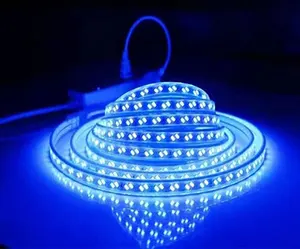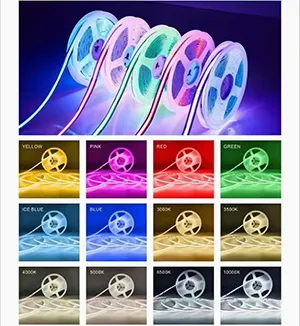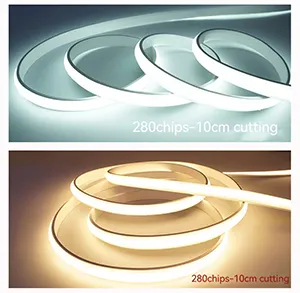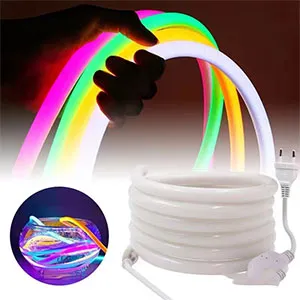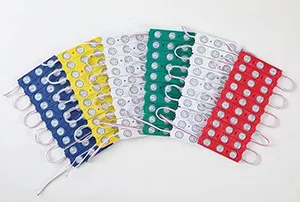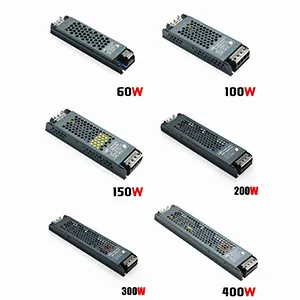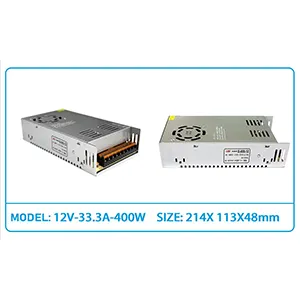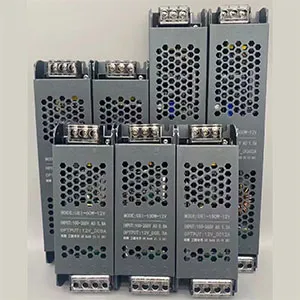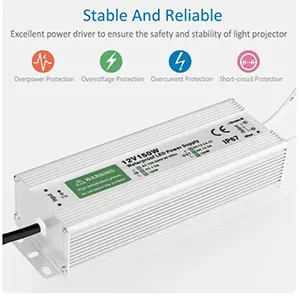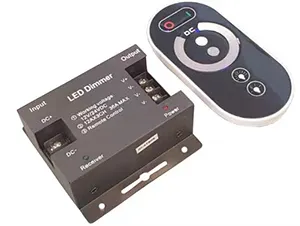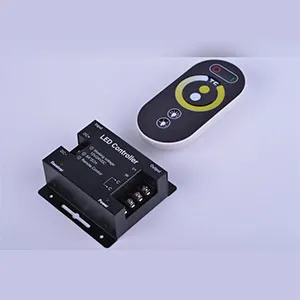Are LED Strip Lights from All Manufacturers Compatible?
When integrating LED strip lights into a lighting design, whether for a residential home or a commercial project, one critical question often arises: Are LED strip lights from all manufacturers compatible? The answer, while straightforward in some aspects, requires understanding several technical details that determine compatibility. Let's break down these details and ensure that you select the right product from an LED Strip Light manufacturer.
Voltage and Power Specifications
Check the voltage requirements first. LED strip lights typically come in low voltage varieties (12V or 24V) and sometimes higher voltages for specific applications. It is crucial that the voltage of the LED strip light matches the power supply unit (PSU). Using a 12V strip with a 24V PSU can result in immediate burnout of the LEDs, whereas using a 24V strip with a 12V PSU might not light the LEDs at all.
Power demands must also be matched. Calculate the wattage per meter of the LED strip and ensure the PSU can handle the total wattage required by all the strips you plan to connect.
Connector Types
Different manufacturers might use different connector types. While some LED strip lights can be directly soldered, others use specific connectors, such as 2-pin, 4-pin, or 5-pin connectors, depending on the number of channels (single-color, RGB, RGBW, etc.). Not all connectors are interchangeable, and mismatching connectors can lead to non-functional setups or, worse, short circuits.

LED Density and Color Consistency
LED density varies widely among manufacturers. This is measured in LEDs per meter. A strip from one manufacturer might have 60 LEDs per meter, while another might have 120 LEDs per meter. Higher densities generally offer more brightness and a more even light distribution but at a higher cost.
Color consistency is another crucial factor. Different manufacturers might use different bins (quality grades of light color and brightness) even for LEDs specified as the same color temperature and CRI. This can result in noticeable differences in light output and color when using strips from different sources in the same area.
PCB Width and Flexibility
The width of the PCB (Printed Circuit Board) can affect compatibility. Some manufacturers might produce strips that are wider than others. This difference can influence not only the installation process (e.g., fitting into certain profiles or channels) but also the heat dissipation characteristics of the strip, which affects the lifespan and performance.
Control Systems and Dimming Capabilities
Compatibility with control systems is vital for functionality. LED strips designed for dimming or color changes require compatible controllers. Using a controller from one manufacturer with a strip from another may not always work, particularly if the controller uses a proprietary communication protocol.
Understanding Manufacturer Specifications
To ensure compatibility, always review the technical specifications provided by the LED Strip Light manufacturer. If you plan to mix products from different manufacturers, consult with each to understand the compatibility of their products with others in the market. Doing so can prevent costly mistakes and ensure the seamless integration of various components.
In conclusion, while many LED strip lights may look similar, they are not always compatible due to differences in electrical specifications, connector types, physical dimensions, and control methods. Thoroughly researching and adhering to manufacturer specifications is crucial for a successful installation. Choose wisely to ensure that your lighting components work together flawlessly, achieving the desired ambiance and functionality of your lighting project.







